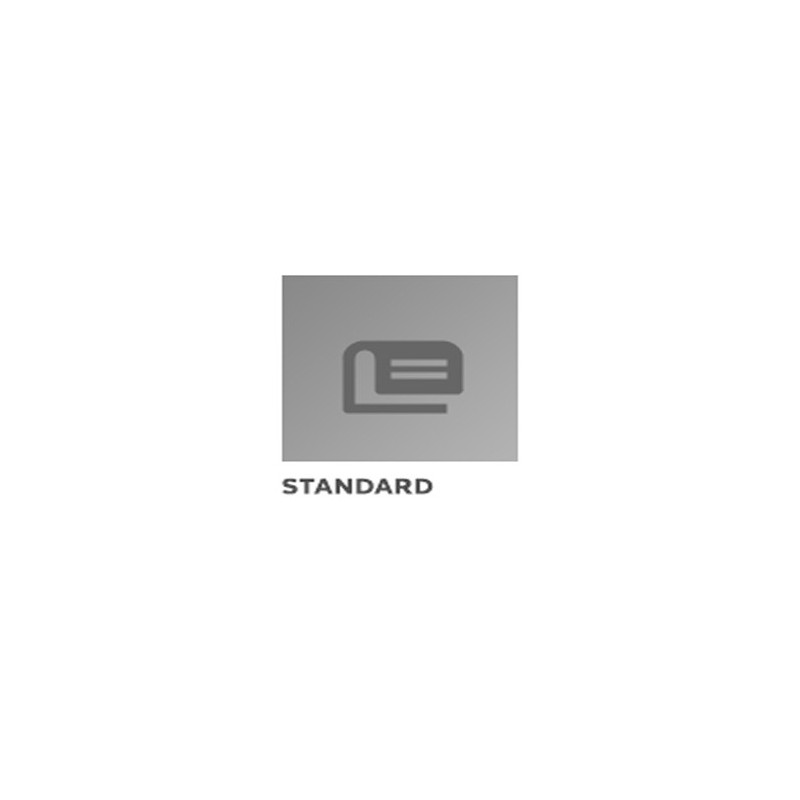Description / Abstract:
Steel alloys, such as AF1410 (AMS 6527, UNS K92571) and AerMet
100 (AMS 6532), have been developed which have improved Fracture
Toughness characteristics compared to the current landing gear
steel alloy, 300M (AMS 6419 and AMS 6257, MIL-S-8844, UNS K44220).
The 300M steel is the most widely used material in current landing
gear designs. It has been successfully used in thousands of
applications. The use of the 300M material necessitates a safe life
design criterion where components are retired after one-fourth to
one-sixth the laboratory test life. This criterion was established
in part due to the relatively low fracture toughness of low-alloy
steel in the 260 to 300 ksi strength range.
The high fracture tough alloys give comparable strength levels
with an increase in fracture toughness and better resistance to
stress corrosion cracking. These alloys may make possible the
consideration of new procedures for operation, maintenance, and
inspection. For the present, these materials in the 220 to 280 ksi
strength range, cannot be certified to damage tolerant design
criteria. They may not yield critical cracks readily detectable
using normal in-service inspection methods. Even though they may
not qualify as damage tolerant in single load path applications,
the improved mechanical properties alone may justify the
consideration of these materials, especially in corrosive
environments. In the future, they may allow on-condition
maintenance, crack growth monitoring, and increased potential for
rework.
This document identifies several available materials. It
compares properties of selected low-alloy steels to the higher
alloyed steels. It also compares failure modes, maintenance, and
inspection techniques. Although cost should be a factor when
considering the material selection for landing gear application,
this document will only focus on the technical aspects.


